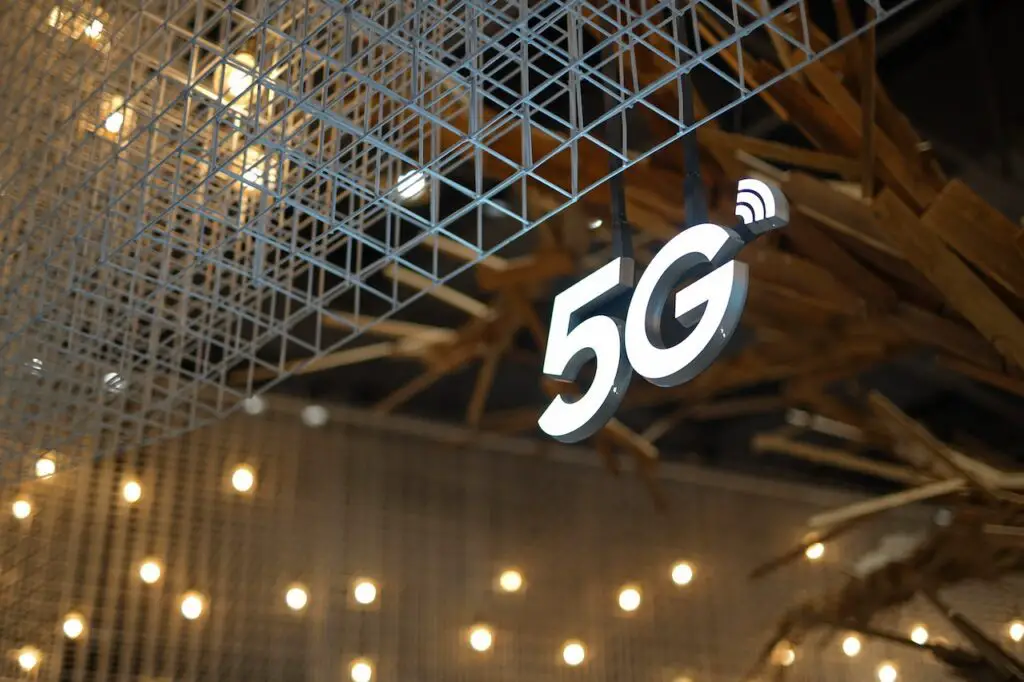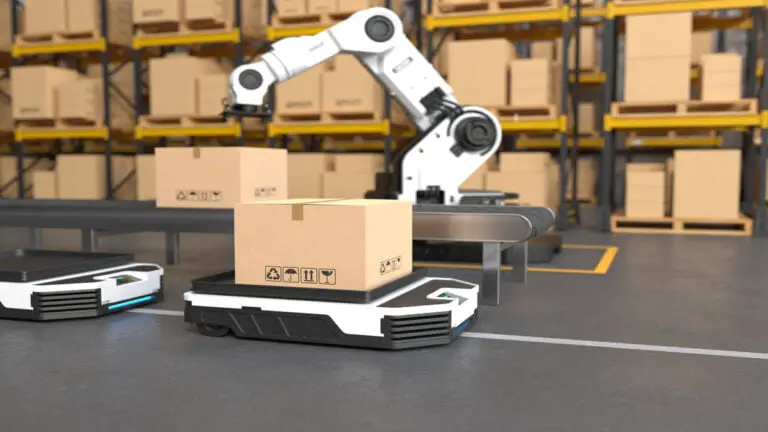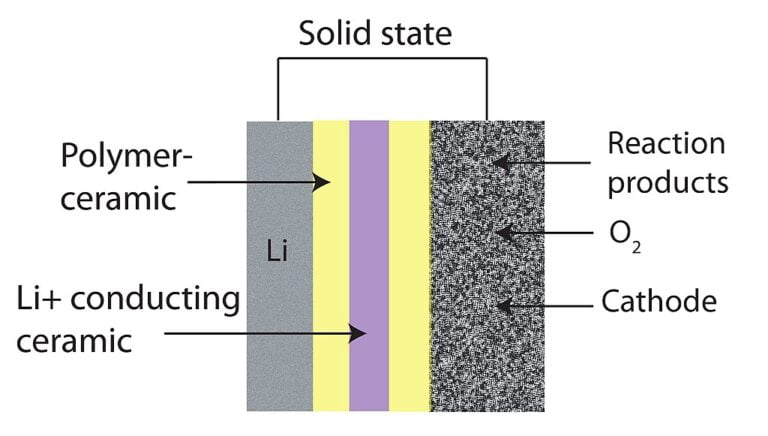The world of technology is constantly evolving, and with each advancement, we witness the profound transformation of our daily lives. One such transformative technology is 5G, the fifth generation of wireless technology. As 5G continues to roll out across the globe, it holds the potential to unlock a world of possibilities that were once considered unimaginable. In this article, we will discover how 5G is revolutionizing various industries and paving the way for a connected future.
Understanding 5G Technology
Before we dive into the future possibilities, let’s first understand what 5G technology entails. 5G is not simply an upgrade from its predecessor, 4G. It represents a fundamental shift in the way we connect and communicate. 5G operates on higher radio frequencies, enabling faster data transfer rates, lower latency, and increased network capacity. These advancements open up a world of opportunities for various applications, from enhanced mobile connectivity to transformative technologies like the Internet of Things (IoT), augmented reality (AR), virtual reality (VR), autonomous vehicles, and more.
The Benefits of 5G Technology
- Unprecedented Speeds: With 5G, users can experience blazing-fast speeds that dwarf the capabilities of previous generations. Downloads that once took minutes will now take mere seconds, enabling seamless streaming, instantaneous file transfers, and lag-free gaming experiences.
- Low Latency: Latency refers to the time it takes for data to travel from one point to another. 5G offers significantly lower latency compared to 4G, reducing the delay between sending a command and receiving a response. This is crucial for applications that require real-time interactions, such as autonomous vehicles and remote surgery.
- Massive Device Connectivity: 5G networks have the ability to connect an unprecedented number of devices simultaneously. This opens the door for the Internet of Things (IoT) to thrive, enabling smart homes, interconnected wearable devices, and efficient industrial automation.
- Enhanced Capacity: 5G technology provides a significant boost in network capacity, allowing for a massive increase in the number of devices that can be connected to a network without compromising performance. This is particularly important in densely populated areas or at large-scale events where demand for connectivity is high.
Applications of 5G Technology
Autonomous Vehicles: Driving Toward a Safer Future
The integration of 5G technology with autonomous vehicles has the potential to revolutionize the transportation industry. With its low latency and high reliability, 5G enables real-time communication between vehicles, traffic infrastructure, and pedestrians, creating a safer and more efficient driving environment. Autonomous vehicles equipped with 5G connectivity can instantly share information about road conditions, traffic congestion, and potential hazards, allowing for better decision-making and accident prevention.
Remote Healthcare: Revolutionizing Access to Medical Services
The future of healthcare is being reshaped by the possibilities offered by 5G technology. Remote healthcare, also known as telehealth or telemedicine, allows patients to access medical services from the comfort of their own homes, regardless of geographical barriers. With 5G’s ultra-fast speeds and low latency, doctors can remotely examine patients, monitor vital signs, and even perform surgeries through robotic systems. This not only increases accessibility to healthcare services but also improves efficiency and reduces the burden on healthcare facilities.
Smart Cities: Transforming Urban Living
Smart cities are another domain where 5G technology is poised to make a significant impact. By leveraging 5G’s capabilities, cities can enhance infrastructure management, optimize energy consumption, and improve public safety. For example, with 5G-enabled sensors and devices, city officials can monitor and control traffic flow in real-time, reducing congestion and enhancing transportation efficiency. Additionally, smart grids powered by 5G can intelligently distribute electricity, reducing waste and promoting sustainability.
Immersive Experiences: Stepping into a New Reality
The entertainment industry is on the brink of a transformational shift with the integration of 5G technology. Augmented reality (AR) and virtual reality (VR) experiences are set to become more immersive and interactive than ever before. With 5G’s high speeds and low latency, users can enjoy seamless AR and VR content without the lag that was previously experienced. This opens up a world of possibilities for gaming, virtual tours, education, and training, offering users a truly immersive and lifelike experience.
Industrial Automation: Streamlining Operations
The industrial sector is poised to witness a significant transformation with the deployment of 5G technology. The low latency and high reliability of 5G networks enable real-time communication between machines and systems, paving the way for efficient industrial automation. This translates into improved productivity, reduced downtime, and enhanced safety in industries such as manufacturing, logistics, and agriculture. With 5G, robots and autonomous systems can work seamlessly together, optimizing processes and driving innovation.
Enhanced Mobile Experiences: Empowering Connectivity
5G technology is set to elevate the mobile experience to unprecedented heights. With its lightning-fast speeds and low latency, 5G will enable seamless streaming of high-definition content, including 4K and 8K videos, on mobile devices. Users will also enjoy smoother online gaming experiences, with minimal lag and latency issues. Moreover, the increased capacity of 5G networks will ensure that users can stay connected in crowded areas and during peak usage times without experiencing network congestion.
Internet of Things (IoT) Revolution
The Internet of Things (IoT) is a concept that refers to the interconnection of everyday objects, devices, and systems through the internet. With the advent of 5G, the IoT revolution is set to reach new heights. The high-speed and low-latency capabilities of 5G will enable seamless communication between a vast network of connected devices, unlocking a plethora of possibilities.
Training and Education Transformation
5G will bring a significant transformation in education and training sector. With high-speed connectivity and low latency, students will have access to interactive and immersive learning experiences. AR and VR technologies, powered by 5G, will enable virtual field trips, realistic simulations, and remote education. Students will be able to collaborate with peers from different parts of the world, breaking down geographical barriers and expanding their learning horizons. The future classroom will be a connected, dynamic, and engaging environment, empowering students to learn in new and exciting ways.
Improved Safety and Efficiency
The integration of 5G technology in transportation systems will not only enhance safety but also improve efficiency. Vehicles equipped with 5G connectivity can communicate with each other and infrastructure in real-time, enabling advanced driver assistance systems and collision avoidance mechanisms. This technology has the potential to significantly reduce accidents and save lives.
Furthermore, 5G-powered transportation systems will optimize traffic flow and reduce congestion. With real-time data exchange, traffic management authorities can make informed decisions and implement dynamic traffic control measures. This will lead to smoother traffic patterns, shorter travel times, and reduced fuel consumption, benefiting both individuals and the environment.
Transforming Industries and Businesses
5G technology will have a transformative impact on various industries and businesses. With its ultra-fast speeds, low latency, and massive connectivity, 5G will enable seamless communication and collaboration, boosting productivity and innovation.
Advanced communication capabilities will facilitate remote work, enabling employees to collaborate effectively regardless of their physical location. Real-time sharing of large files, video conferencing, and instant messaging will become effortless, leading to improved efficiency and flexibility in the workplace.
Moreover, the combination of 5G and advanced analytics will unlock new possibilities for businesses. The massive amount of data generated by connected devices and systems can be harnessed to gain valuable insights and drive data-driven decision-making. Automation and artificial intelligence (AI) will also be empowered by 5G, allowing for the integration of smart technologies and autonomous systems in various sectors, from manufacturing to logistics to retail.
Security and Privacy Considerations
While the future of 5G technology is promising, it also brings along new security and privacy challenges. As more devices and systems become interconnected, the risk of cyber threats and vulnerabilities increases. It is essential to address these concerns and implement robust security measures to safeguard sensitive data and ensure user privacy.
Additionally, data protection and privacy regulations must be in place to govern the collection, storage, and usage of personal information in the 5G era. Striking a balance between innovation and security is crucial to fully leverage the potential of 5G technology while maintaining trust and safeguarding user rights.
Overcoming Challenges and Expanding Coverage
Expanding 5G coverage globally presents several challenges that need to be overcome. The deployment of infrastructure, including small cells and fiber-optic cables, requires significant investment and coordination among stakeholders. Regulatory frameworks must be established to streamline the rollout process and address concerns related to spectrum allocation, tower placements, and environmental impact.
Moreover, bridging the digital divide is crucial to ensure equitable access to 5G technology. Efforts should be made to extend coverage to underserved areas and promote digital inclusion, enabling equal opportunities for all individuals and communities.
Future Applications and Possibilities
Looking ahead, the future of 5G technology holds even more exciting possibilities. Edge computing, which involves processing data closer to the source rather than relying solely on cloud services, will become more prevalent. This will enable real-time data analysis, faster response times, and reduced network congestion.
The integration of 5G and artificial intelligence (AI) will also shape the future landscape. AI algorithms can leverage the high-speed connectivity of 5G to process vast amounts of data in real-time, enabling advanced automation, predictive analytics, and personalized experiences. From smart homes that anticipate our needs to autonomous systems that adapt and learn, the combination of 5G and AI will revolutionize how we interact with technology.
In addition, 5G will facilitate the growth of immersive technologies such as extended reality (XR), which encompasses AR, VR, and mixed reality (MR). With the ultra-low latency and high bandwidth of 5G, XR experiences will become more seamless and lifelike. We can expect to see applications in fields such as entertainment, education, healthcare, and architecture, where XR will transform the way we visualize, learn, and engage with our surroundings.
Furthermore, the adoption of 5G technology will pave the way for advancements in smart grid systems, enabling efficient energy management and renewable energy integration. Smart homes and buildings will leverage 5G connectivity to optimize energy consumption, monitor resource usage, and contribute to a sustainable future.
Conclusion
The future of 5G technology is incredibly promising, as it unlocks a world of possibilities across various industries and sectors. From enhanced mobile connectivity and IoT revolution to transformative technologies like AR, VR, and autonomous vehicles, 5G is set to reshape our daily lives.
However, as we embrace this technological revolution, it is crucial to address security and privacy concerns, ensure equitable access, and overcome infrastructure challenges. By doing so, we can fully harness the potential of 5G and create a future where connectivity, efficiency, and innovation thrive.
FAQs
What is 5G technology?
5G technology is the fifth generation of wireless technology, offering faster speeds, lower latency, and increased network capacity compared to its predecessors. It enables seamless communication between devices and unlocks new possibilities across various sectors.
How does 5G benefit the Internet of Things?
5G enhances the Internet of Things by providing high-speed, low-latency connectivity. It enables a vast network of interconnected devices to exchange data in real-time, facilitating advancements in smart cities, industrial automation, and more.
Will 5G replace Wi-Fi?
While 5G offers high-speed wireless connectivity, it is unlikely to replace Wi-Fi entirely. Wi-Fi will continue to serve as a crucial technology for local area networking, while 5G will provide broader coverage and seamless connectivity on a larger scale.
What are the security risks associated with 5G?
The expansion of 5G introduces new security risks, including potential vulnerabilities in networks, devices, and data privacy. It is essential to implement robust security measures, encryption protocols, and regularly update systems to mitigate these risks.
When will 5G be widely available?
The availability of 5G varies across different regions and countries. While some areas already have widespread 5G coverage, others are still in the early stages of deployment. The rollout is expected to continue expanding in the coming years, gradually reaching more locations worldwide.







